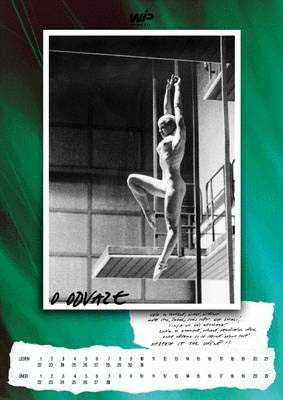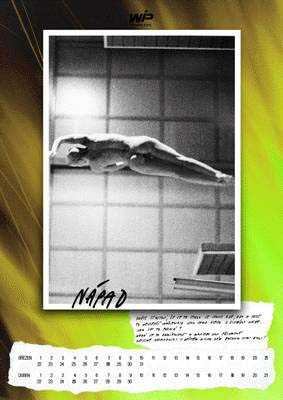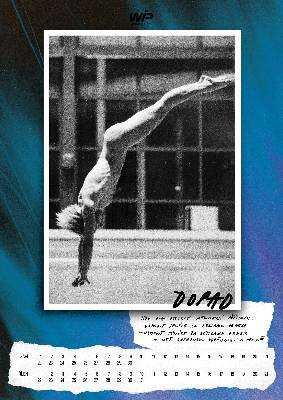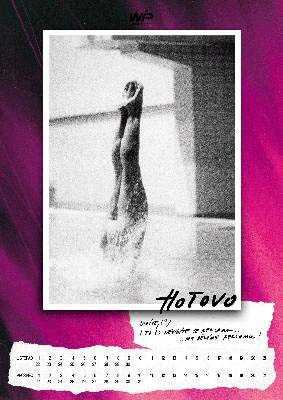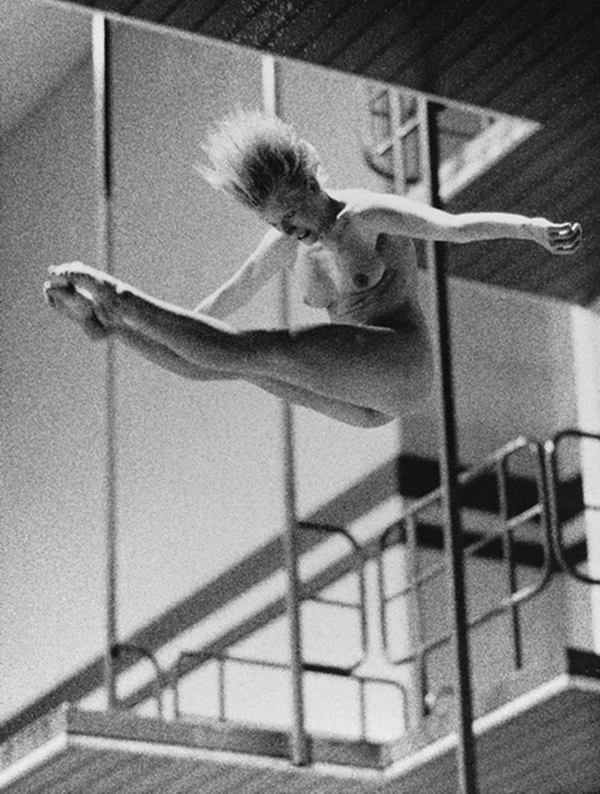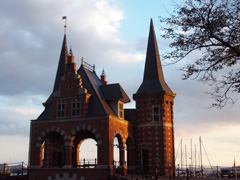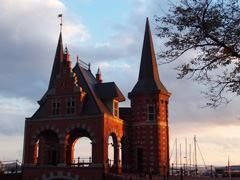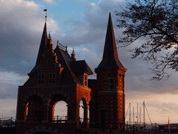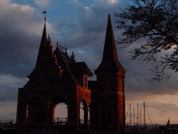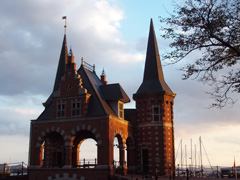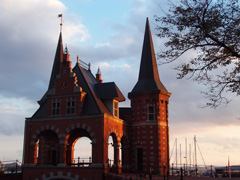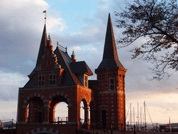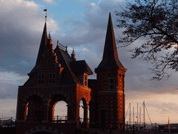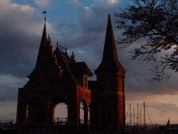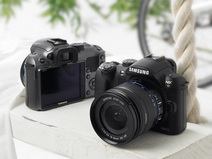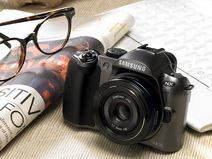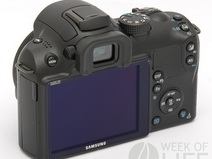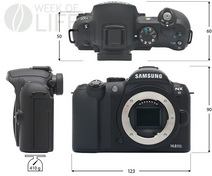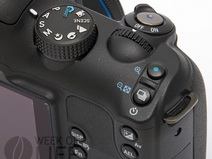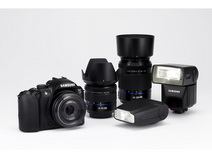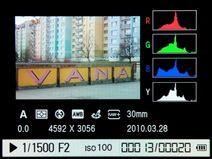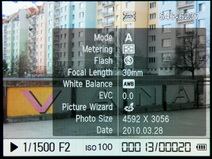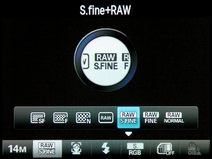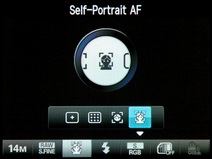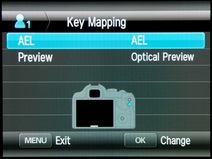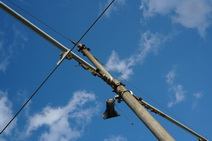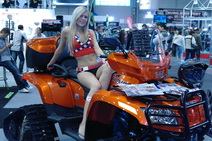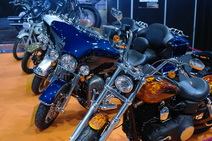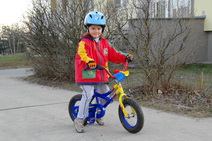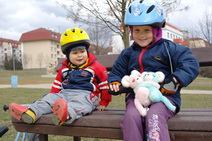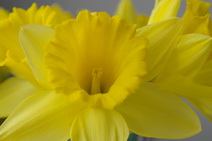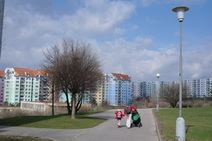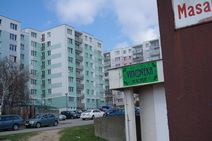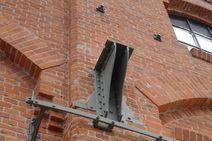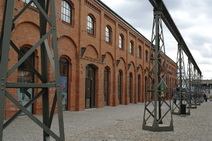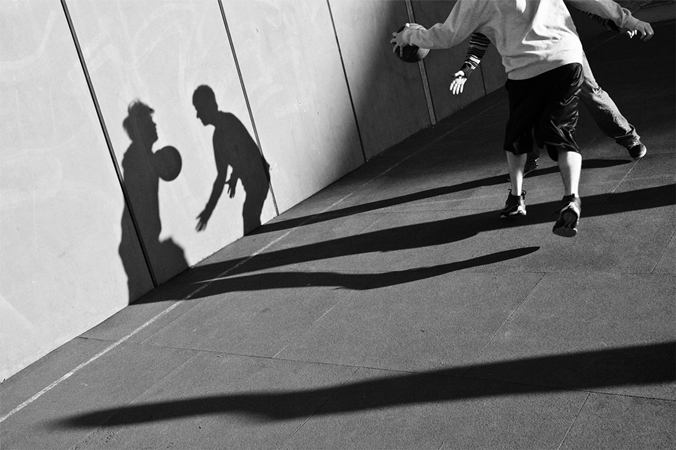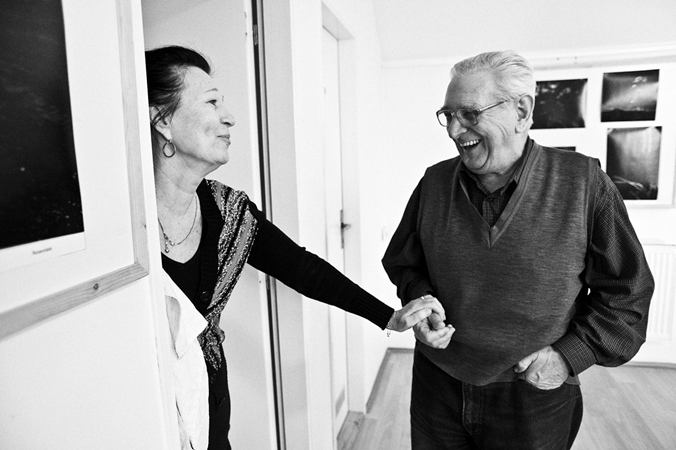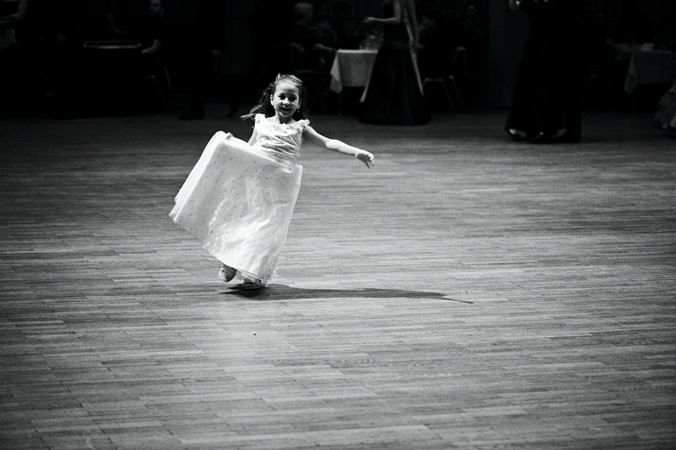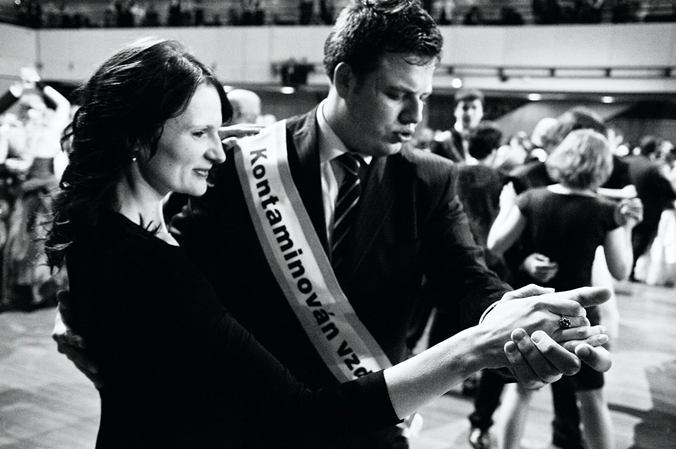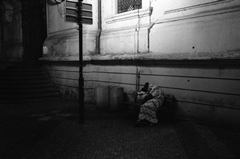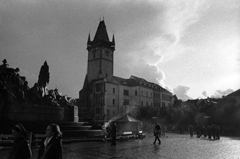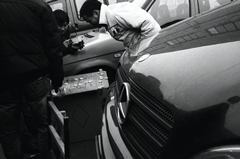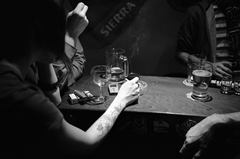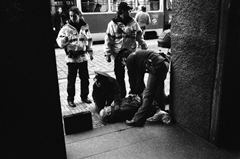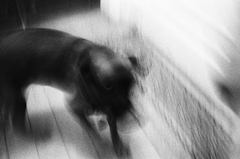Jiří Pergl, Podnikatel, Česká republika
Reportáž Kenya 2010 – díl druhý
19.1. Oblast Laikipia a Nanyuki
Tento den jsme vyhradili návštěvám městských úřadů v různých oblastí Laikipie, kde působíme. Všechny starosty jsme seznámili s naší organizací a se vším, co pro děti v jejich provincii děláme. Požádali jsme je o darování pozemku v jižní části Laikipie, kde alespoň občas zaprší. Proč znovu o další pozemek? Ne, na další dětský domov už opravdu ze svých peněz nevydělám. Požádali jsme o pozemek pro pěstování potravin – zeleniny, obilovin a luštěnin na chod našeho budoucího dětského domova, aby se snížily náklady na provoz. Všichni starostové byli z naší organizace opět nadšeni a slíbili, že vše přednesou na radě města a že by to neměl být problém. Ale nyní již z mého vyprávění víte, jak to v Keni chodí a dokud nebude něco na papíře, nebudu to raději dál rozšiřovat. Ale můj pocit, pokud se zase nevymění vláda, je ten, že by to mělo na 80% vyjít.
Po úřednické práci a představování OMDC starostům (mimochodem každý, kdo tu něco chce od starosty, musí projít třemi kroky, než se před stůl starosty dostane– my je navštívili hned bez předešlých složitých postupů) jedem ještě navštívit další případy, kde děti hodně strádají. Opět vám těchto 5 dětí představím v mojí nové nabídce – adopci dětí na dálku. Jen vyberu jeden příklad. Odbočíme od hlavní cesty a jedeme cca 10km do vnitrozemí. Cesta tu není, takže skrz křoví, bláto, prach, až půlmetrové díry a různé jiné nástrahy tlačím rychlostí 1km/h naší Toyotu Prado vpřed až dorazíme k….. k….. čemu. Nevím. Pár sbitých prken oplácaných blátem, místo střechy tráva a igelit a uvnitř nevím. Cyrus to šel dovnitř natočit a musel jít ihned zvracet, a to vydrží hodně. Venku matka s batoletem, která je HIV pozitivní, otec není. Holčička, kterou chceme adoptovat doma nebyla, byla v masajské školce. Matce jsme odevzdali tašku s jídlem a jeli hledat školku. Takhle vyjevené Masajce jsem dlouho neviděl. Myslím ty, které jsme potkávali cestou. Teda cestou… Po hodině jízdy jsme urazili 2km a prodrali se i s autem k místní školce. 15 nechápajících masajských holčiček ve věku 3-4 roky vylezlo z rozpadlé boudy spolu s učitelkou a musely si asi myslet, že dorazili ufoni. Děti nikdy neviděly auto, natož bílého člověka. Tak jsem nechápajícím dětem rozdával bonbóny a vkládal jim je do pusinky, protože byly tak špinavé, že jsem jim to do ruky raději dát nechtěl. Holčičku jménem Elishiba Wambui Kairu jsem nafotil a nabízím ji k adopci. Po opětném nalezení hlavní cesty míříme zpět do Nanyuki. Čeká nás večerní mítink. Pozvali jsme všechny, kdo jsou zaregistrováni v mojí organizaci ONE MORE DAY FOR CHILDREN, abychom přednesli co bude dál, co jsme tento týden všechno zvládli. Mezi naše členy patří doktor z nemocnice Nanyuki, právník z Nanyuki, právnička z Nairobi, člen rady města Nanyuki, 3 sociální pracovnice, 2 pomocné síly 🙂 ( Patrick a Cyrus ) a zakladatelé Hellen a já. Na mítinku doktor slíbil, že objede všechny adoptované děti a vezme jim krev na nové testy, dále je vyšetří a zjistí, jaké potřebují léky. Patrick s Cyrusem slíbili, že poskytnou svůj 9místný vůz zvaný Matatu pro přepravu Hellen, dětí a pro jednotlivé cesty za vyřizováním dokumentů. Sociální pracovnice probíraly mezi sebou jednotlivé případy a pak jsem na řadu přišel já. Já s mojí angličtinou. Uf. Mimochodem, jsem ve věku, kdy se na školách učila jen ruština, to asi někteří dobře znáte, takže se anglicky neučím z knih, ale již 10 let cestuji po celém světě a to je prý nejlepší učitel. Sice občas mluvím v infinitivech nebo neskloňuji, ale vždycky se domluvím. Takže jsem dostal slovo jakožto prezident nadace a promluvil. Nevím, kde se to ve mě vzalo, ale mluvil jsem plynule anglicky a poslední větu jsem zakončil tím, že: „Slibuji vám, že pokud vyřídí Hellen spolu s vámi veškeré potřebné dokumenty pro stavbu dětského domova, já se v srpnu vrátím, položím základní kámen a pokud neseženu peníze od sponzorů, domov postavím se svých peněz.“ Po projevu začali všichni tleskat a byl i malý aplaus. Měl jsem slzy v očích..
20.1. Cesta z Nanyuki do Meru – záchrana 10 masajských dívek
Společně s Hellen a sociální pracovnicí Josephine (mimochodem Masajkou) jsme oznámili vládě města Nanyuki, že nadační fond ONE MORE DAY FOR CHILDREN se ujme masajských dívek a pomůže jim. Náš novinář se zaradoval a začal o tom psát článek do novin. Jedeme si je vyzvednout do 2 dětských domovů společně s jedním autem, jelikož jsme zjistili, že dívek je nakonec 11 a plus nás 5, to se opravdu už do Toyoty vejít nemůže, i když je docela velká. Přijíždíme pro první půlku a já nevěřím vlastním očím. Přede mnou stojí malé děti, malé holčičky, ta nejmenší má tak 3 roky – ony byly provdány a musely provozovat sex?? Už jsem nebyl naštvaný, teď už jsem ani nemohl popadnout dech.
Naložili jsme je do auta a vyrazili na sever cestou na Somálsko do města Meru. Proč právě tam? Josephine zařídila ubytování a katolickou školu pro oněch 11 dívek v místním dětském domově, který je přijal. Josephine v tomto domově také pobývala a zná se s ředitelem, resp. svatým otcem, který ji i učil. Masajské dívky přijal, sice ne zadarmo, ale přijal. Domov sponzorují Američané a Italové. Cesta z Nanyuki do Meru je celkem v pohodě. Asfaltová cesta plná výmolů a retardérů, ale lepší než prašná cesta s půlmetrovými výmoly směrem na Doldol. Akorát cestou narážíme na zfetované řidiče, kteří požili drogu zvanou MIRA. To je kytka pěstovaná v Keni, která se vyváží do celého světa pro lékařské účely. Místní ji žvýkají a přivádějí se tak do extáze. Asi 3x proti mně z protisměru vyrazilo auto. Kličkovalo sem a tam a tak jsem sjel do příkopu, abych neublížil holčičkám, které seděly vzadu. Jedno auto, pick up, naložené stavebním materiálem, proti mně vyrazilo z táhlé zatáčky asi 100km rychlostí, jel na mě smykem, pak to srovnal, projel asi 10cm kolem mého zrcátka tak 80km/h a zase přidal plyn. Děs… Takže 40km rychlostí míříme do Meru a já si dávám pozor na každé auto kolem. Na konci města už na nás čekal Father, jak mu zde všichni říkají. Je z Tanzanie a je ředitelem celého obrovského komplexu pro děti, kam jsme posléze dorazili. Domov a školy jsou rozděleny na 2 části. Jedna pro kluky a jedna pro holky. Komplex má v současné době kapacitu pro 750 dětí a je plný. Je absolutně soběstačný, jelikož má své pozemky pro pěstování obilovin, ovoce, domácích zvířat a ostatních surovin potřebných k jídlu.
Děti pocházejí z celé Afriky, ale nejvíc tu jich je ze Somálska a z Keni. Takže po důkladné prohlídce celého objektu včetně polí a ukázky domácích zvířátek, která trvala asi 3 hodiny (místní tu mají rádi, když se mohou pochlubit, co všechno postavili a vezmou vás i do kumbálu) se vydáváme do dívčí části. Říkám si, musí to být zvláštní pocit pro naše masajské holčičky. Po těch útrapách, které si prožily, jsou bez rodičů nebo viděly jejich smrt, nikdy už svojí rodinu neuvidí, se ocitnou mezi 450 cizími holkami a mají tu zůstat až do svých 18 let. Nemají žádné své věci a bum, ocitnou se mezi takovým shlukem svých vrstevnic. Jak se k nim ty holky budou chovat? Samozřejmě je rozdělí, jelikož jsou mezi nimi věkové rozdíly No, myslím si, že si ještě užijí spoustu smutných okamžiků, ale lepší, než-li zůstat na ulici bez jídla a vody. Každopádně tu do 18 let zůstat nemusí. Může se stát, že se opět ocitnou na ulici, pokud je nikdo neadoptuje. Zaplatil jsem ze svých peněz za všech 11 holčiček první měsíc v tomto komplexu. Všech 11 holčiček nabízím k adopci.
Podrobnější informace o adopci naleznete na mých stránkách www.omdc.cz, v sekci adopce 11 masajských dívek. Časem bych je chtěl převézt do našeho domova v Doldol, odkud holčičky pocházejí a kdokoliv je pak bude moci navštívit. Zatím to musí být tak, jak to teď je. Holčičky – přeji vám hodně štěstí…
Po rozloučení odcházíme z komplexu za doprovodu 450 dívek a jejich křesťanské písně, která vypráví o škole, práci, sportu a bohu. Jak říká Father, pokud tyto zásady člověk dodržuje, nemůže se mít na světě špatně. Podává nám ruku se slovy God Bless you a my vyrážíme směr Nanyuki. V Nanyuki už jen celé odpoledne vyřizuji u právníků oficiální sponzorství pro adoptivní rodiče z Čech a tímto moje práce zde končí. Práce? Ne, to není práce, to je radost.
Závěrem bych chtěl říct, že jsem nadační fond posunul opět o stupínek výš, možná i o 2. Ví o nás už celé osazenstvo vlády provincie Laikipia – Nanyuki. Ví o nás také osazenstvo z provincie Doldol a významný člen keňské vlády. Z novin o nás ví už skoro celá Keňa, i o tom, jak jsme pomohli 11 masajským dívkám. Zainteresoval jsem spolu s Hellen do programu významné lidi – právníky, lékaře a sociální pracovnice. Zřídil jsem v Nanyuki oficiální kancelář nadace s vybavením. Rozjel jsem stavbu nového dětského domova v Doldol a to tím nejdůležitějším – kompletní dokumentací a výkresy u místního architekta a Hellen rozjede stavební povolení a veškerá povolení pro tuto stavbu. Pomohl jsem 23 dětem lépe žít a nemít strach, co bude zítra. Daroval jsem jídlo 15 dětem, které ještě čekají na adopci a sehnal informace včetně fotografií pro budoucí rodiče k následné adopci na dálku. Dětí, které hladoví nebo jsou nemocní HIV a bez rodičů. Pomohl jsem 3 dětem mít domov na dalšího půl roku a jídlo na další 1 – 1,5 měsíce. Zaplatil jsem nájem oněm 12 dětem známým z minulé návštěvy, které jsou taktéž bez rodičů. Zachránili jsme 11 masajských dívek před životem na ulici a doufám, že na té ulici nezůstanou a najdou se lidé, kteří mi je pomůžou adoptovat. Co říci poslední větou? Díky všem za pomoc nadačnímu fondu OMDC, ať už je jakákoliv a díky, že jste článek dočetli až sem, do samého konce.
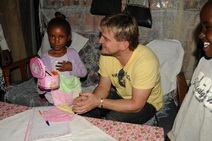 |
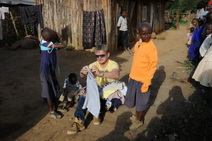 |
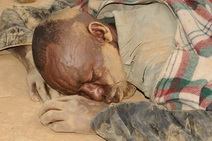 |
 |
 |
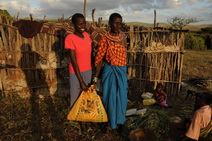 |
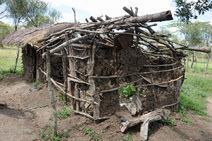 |
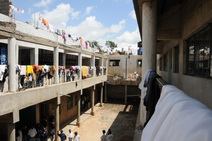 |
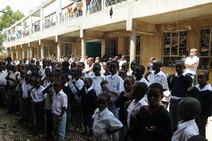 |


